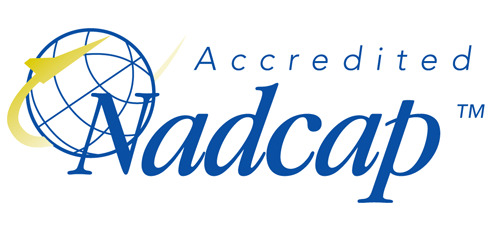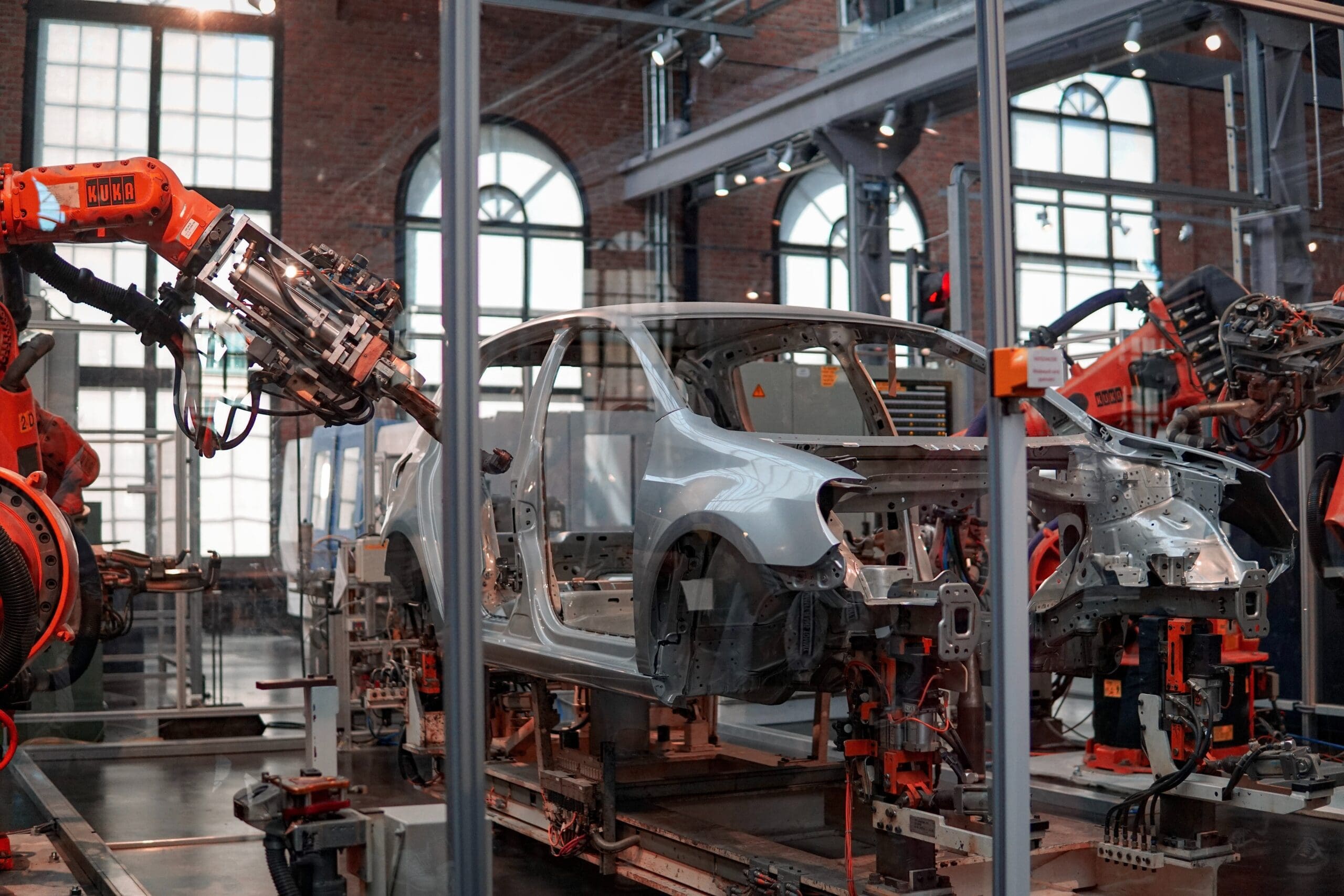Metallography
Fracture Analysis Services
Our expert team specialises in providing comprehensive Fracture Analysis solutions to industries ranging from aerospace and automotive to manufacturing and materials research.
Explore how we work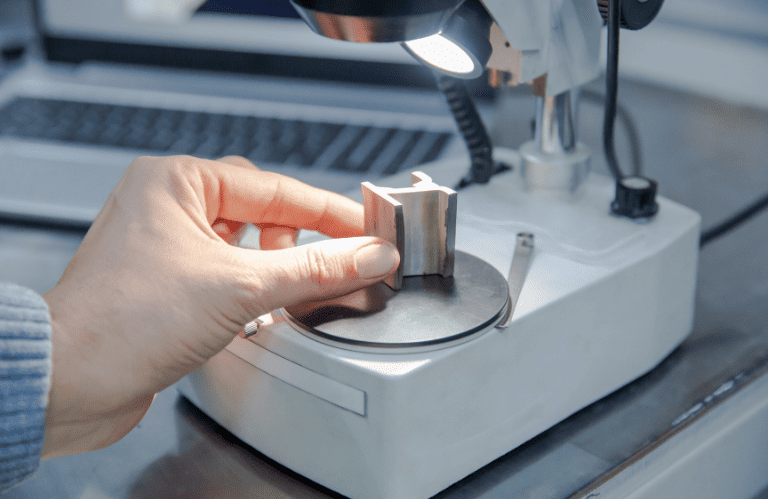
Interested? Let’s talk.
Send us an enquiry
What is Fracture Analysis?
Fracture Analysis is particularly important in industries like aerospace, automotive, manufacturing, and materials engineering, as it helps enhance product reliability, safety, and performance.
When conducting a fracture analysis examination, our skilled technicians thoroughly inspect the fractured areas of a failed component. They carefully examine and assess the fracture using either macroscopy or microscopy methods. These examinations enable us to investigate the material’s condition and structure, ultimately helping us determine the cause of the fracture. This knowledge is crucial for future applications in real service conditions.
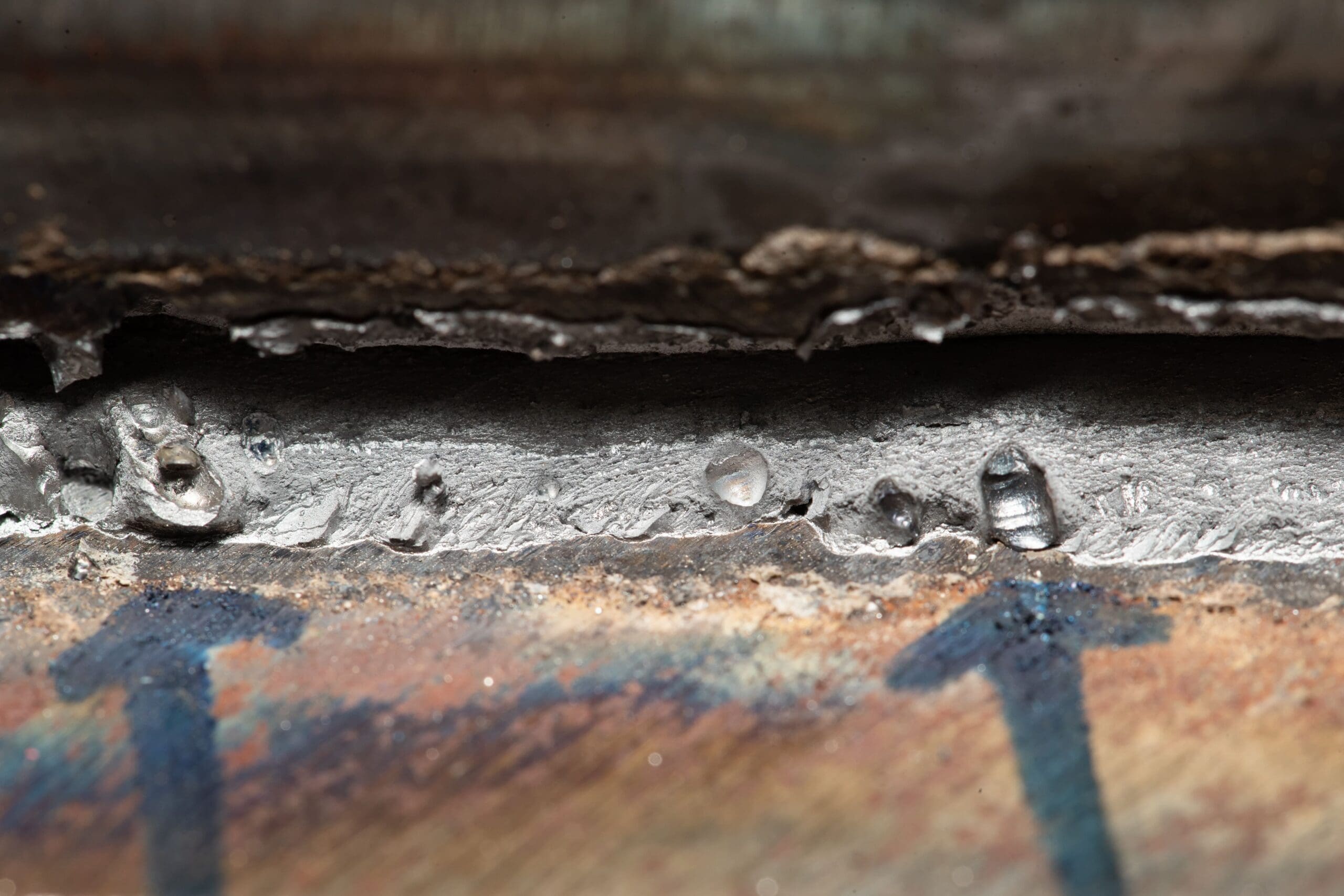
Who we’ve partnered with...





Key benefits of Fracture Analysis
Reliable data
Fracture Analysis can provide reliable data to help provide actionable results, such as the history of the component including the conditions under which the fracture occurred.
In-depth analysis
Fracture Analysis can help identify the grade and composition of materials and assess the mechanical and physical properties of the metal.
Let's talk
Send one of the team a message
Not seeing what you expected?
Try using our search
Explore what our clients say
How we'll work with you
Fractures can occur in metals due to a variety of reasons, ranging from material defects and environmental conditions to applied stresses and operational factors.
Understanding the underlying mechanisms and factors contributing to fractures in metals is crucial for implementing preventive measures and ensuring the reliability and safety of metal components and structures in various applications.
- Overloading or prolonged stress that exceeds the material’s strength
- Material defects such as inclusions or impurities caused by manufacturing processes
- Fatigue failures from repeated cyclic loading below the material’s ultimate strength
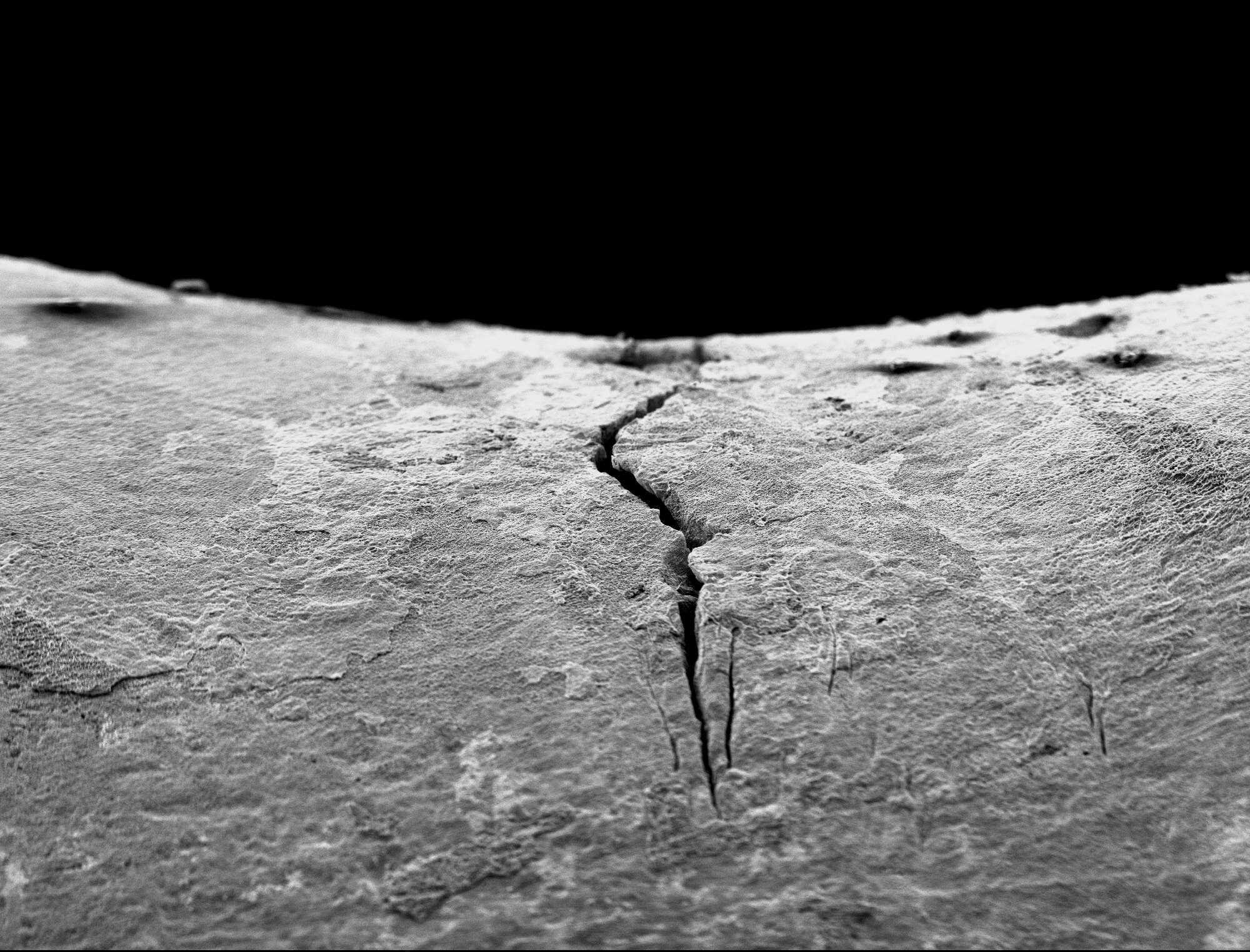
Material Characterisation
Fracture analysis often involves conducting chemical analysis and mechanical tests to identify the grade and composition of the material and assess the mechanical and physical properties of the metal.
We can identify the elemental composition of materials.
Chemical Analysis Testing helps us to determine if the material being used is appropriate for the service conditions, and that it meets the required standards or regulations for use.



Let’s talk. Ask us anything.
Send one of the team a message
Why choose BES Group?

800+ expert engineers
Our team of skilled engineers possesses a wealth of expertise.
A legacy of 160+ years of experience
We’re always evolving our approach to future proof our services.

35,000 satisfied customers
A strong reputation for providing exceptional service.
Frequently asked questions
What factors can cause Fractures?
There are many factors that can contribute to Fractures. For example these may include:
- Brittle fractures caused by low temperatures, high strain rates, or the presence of hydrogen
- Environmental conditions, such as temperature, humidity, chemical exposure, and corrosion,
- Processing Defects such as improper heat treatment, forging defects, casting porosity, or insufficient material thickness.
- Poor design choices, such as sharp corners, abrupt changes in geometry, or inadequate fillets, can create stress concentrations that promote crack initiation and propagation. 8.
- Metals can fracture under sudden impact or shock loading, especially if they are not designed to withstand such loading conditions.
Does Fracture Analysis involve Failure Investigation?
Fracture Analysis uses Failure Investigation to determine the circumstances surrounding a fracture, including the conditions under which it occurred and the history of the component. It also involves gathering information about the operating conditions leading up to the failure.
By examining the fracture surface, the specific mechanism of failure can be determined. Different fracture mechanisms in metals can be analysed through fracture analysis, and may include:
- Ductile fracture
- Brittle fracture
- Fatigue failure
- Stress corrosion cracking
- Hydrogen embrittlement
The main goal of fracture analysis is to identify the root cause or causes of the failure. This requires considering factors such as design flaws, material defects, manufacturing processes, and environmental and operational conditions.
What is Fractography?
Fractography testing techniques aim to identify the fracture morphology of a component and gain insights into the fracture mechanism.
Fractography plays a crucial role in analysing the fracture surface for damage and cracks. When a material is fractured or broken, it exhibits certain characteristics on the surface that indicate signs of failure. These characteristics may include
- Ductile dimples
- intergranular cracking,
- fatigue-induced scratches or grooves,
- cleavage of the material.
Fractography allows us to uncover any underlying imperfections, defects, or flaws within the material. Identifying these flaws is essential as they can have implications for future manufacturing processes and may lead to further failures in real-service conditions. By analysing and addressing these underlying imperfections, we assist our customers in enhancing the design, safety, and longevity of their products.
What is strength testing in Fracture Analysis?
Testing the durability of a material is an essential aspect of examining fractures. When a material possesses great strength, the chances of it fracturing or breaking during use are significantly reduced.
However if a material is weak or brittle, it is highly susceptible to breaking under stress or fatigue. Brittle fractures can occur suddenly and without warning, potentially leading to catastrophic consequences upon failure.
By analysing the strength and toughness of the material, we gain insights into its limitations and points of vulnerability. This valuable information helps determine whether the material is suitable for a specific application or service condition.
We use a variety of mechanical test methods to assess the material’s strength and durability, such as tensile testing, hardness and microhardness testing, impact testing, and bend testing.
Sectors we service
Dive into the diverse landscapes where BES Group sparks innovation and drives impact.
Let’s talk. Ask us anything.
Send one of the team a message
Insights & news
Browse our latest articles

A Guide to Young’s Modulus and Material Stiffness
Testing

A complete guide to Metal Failure Modes and Analysis
Testing
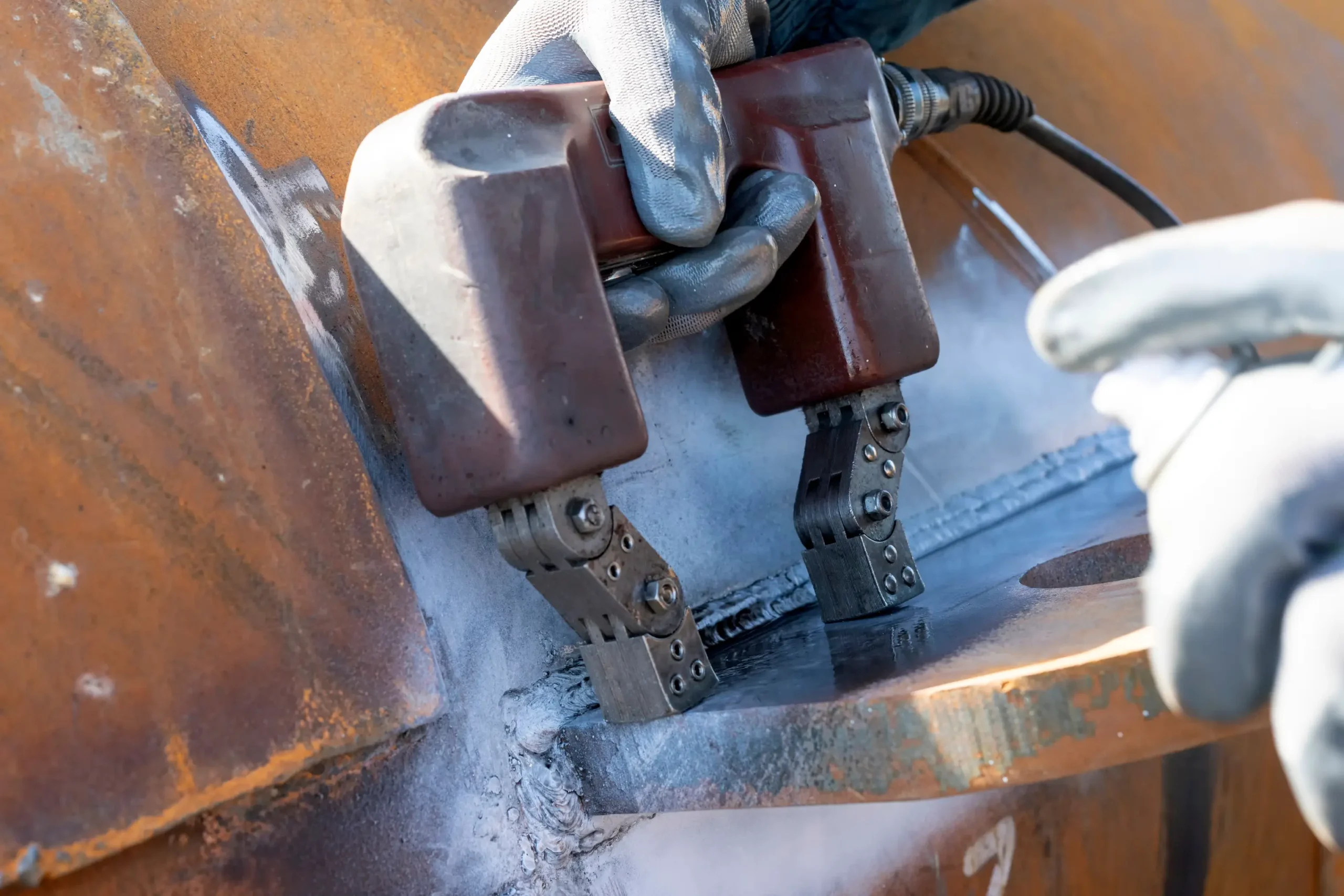
How combining NDT Methods ensures comprehensive asset protection
Testing
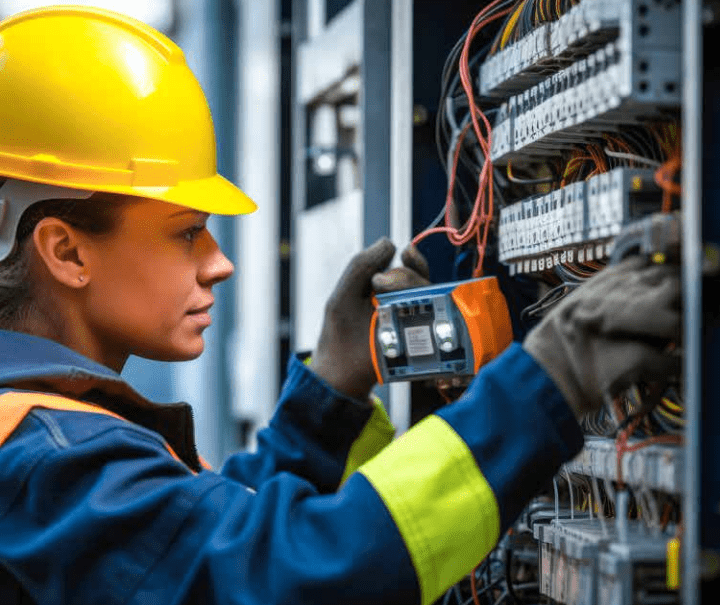
Factory Shutdowns: How to Manage Your Maintenance Operations Efficiently
Asset Reliability Electrical Inspection Testing

What Are the Different Methods of NDT Testing?
Testing
Other similar services...
Looking for something else? Explore similar services...
Let’s get you to the right person, fast.
Thank you, enquiry submitted!
Please check your inbox. We have sent you an email receipt of your enquiry.
We treat every enquiry with the upmost urgency. We’ll aim to get in touch with the relevant BES Group specialist and get back to you as soon as possible*.
Thank you again and have a great day.
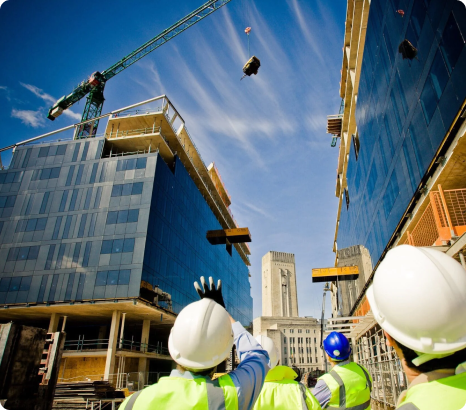 About BES Group
About BES Group Accreditations & Credentials
Accreditations & Credentials Our Environmental, Social & Governance
Our Environmental, Social & Governance Careers at BES Group
Careers at BES Group Our Senior Leadership Team
Our Senior Leadership Team


